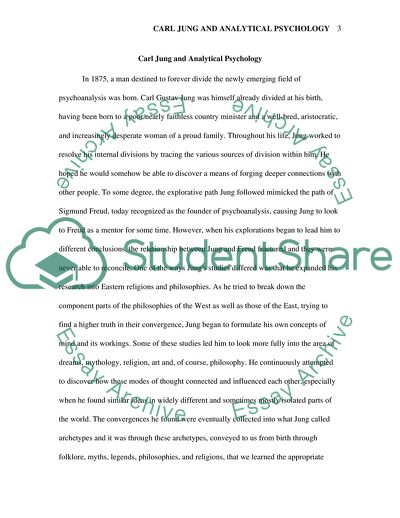Cite this document
(Carl Jung and Analytical Psychology Coursework Example | Topics and Well Written Essays - 2500 words, n.d.)
Carl Jung and Analytical Psychology Coursework Example | Topics and Well Written Essays - 2500 words. https://studentshare.org/psychology/1777913-jung-analytical-psychology
Carl Jung and Analytical Psychology Coursework Example | Topics and Well Written Essays - 2500 words. https://studentshare.org/psychology/1777913-jung-analytical-psychology
(Carl Jung and Analytical Psychology Coursework Example | Topics and Well Written Essays - 2500 Words)
Carl Jung and Analytical Psychology Coursework Example | Topics and Well Written Essays - 2500 Words. https://studentshare.org/psychology/1777913-jung-analytical-psychology.
Carl Jung and Analytical Psychology Coursework Example | Topics and Well Written Essays - 2500 Words. https://studentshare.org/psychology/1777913-jung-analytical-psychology.
“Carl Jung and Analytical Psychology Coursework Example | Topics and Well Written Essays - 2500 Words”. https://studentshare.org/psychology/1777913-jung-analytical-psychology.


